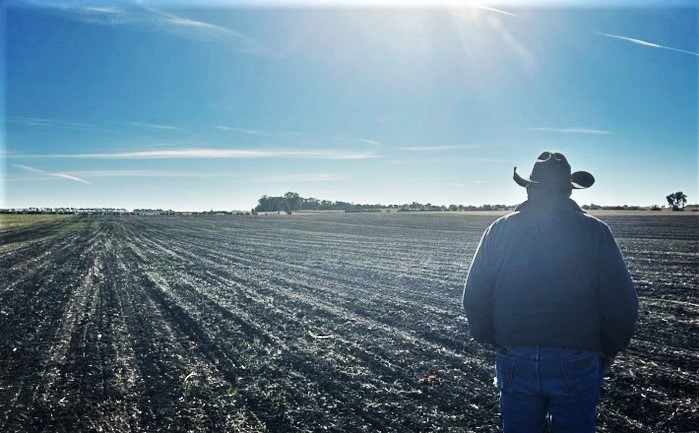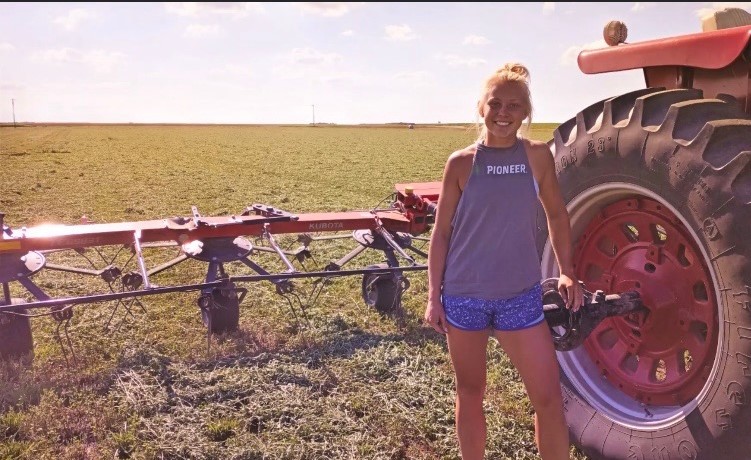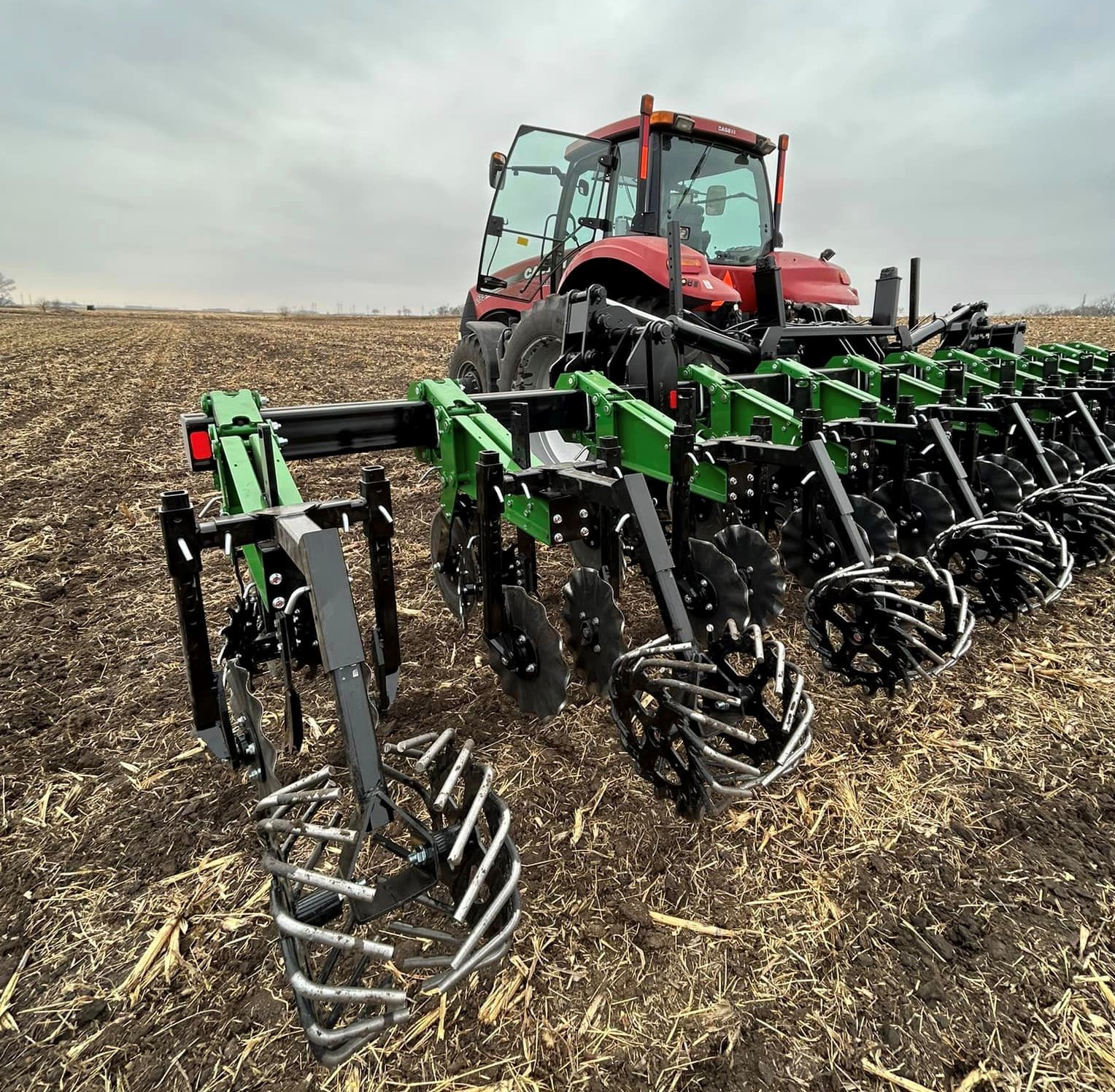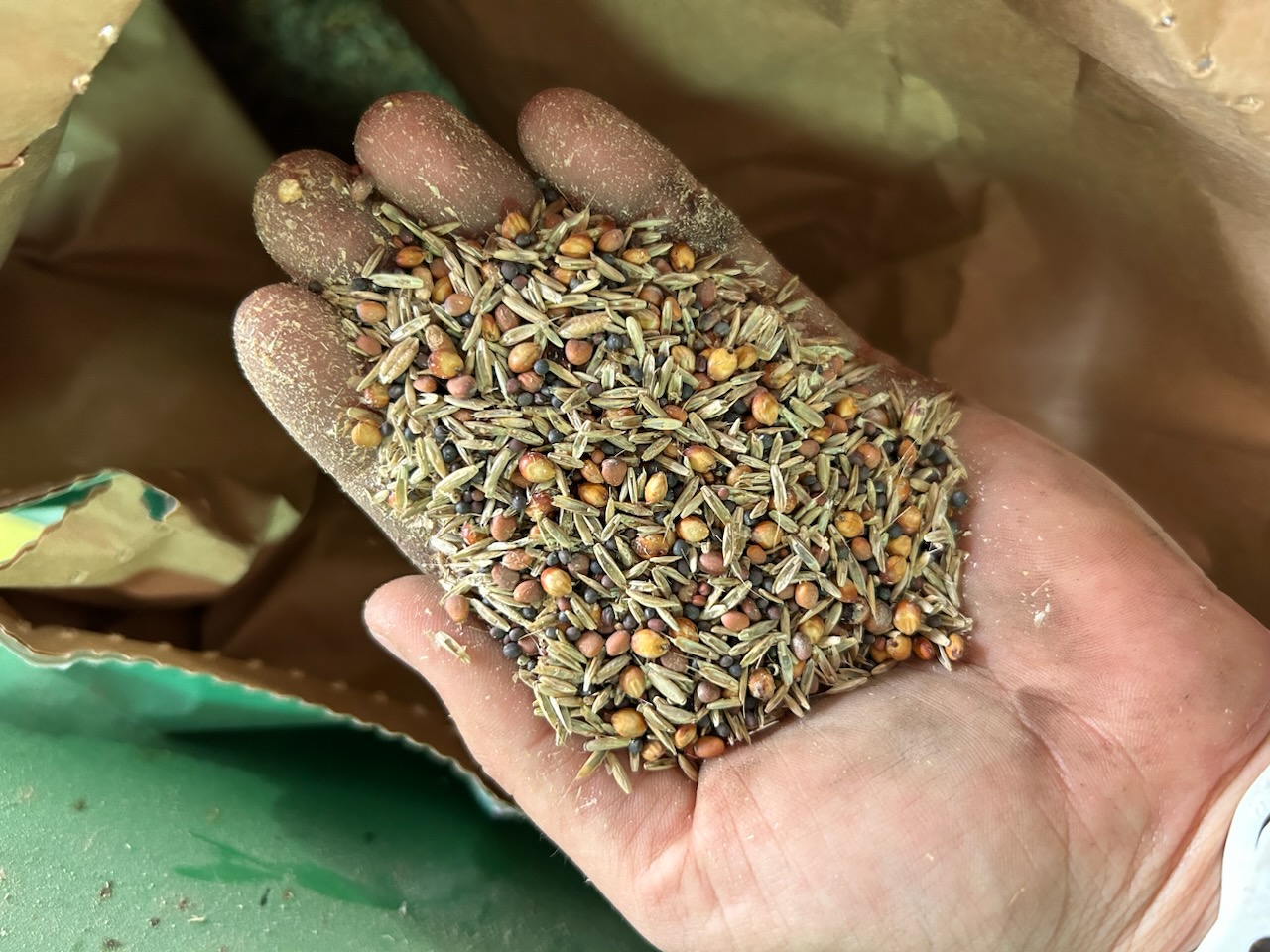Leaving a Legacy in the Land -- A Cover Crop Update

The theme for Ag Day this year is “Growing a Climate for Tomorrow.” In keeping with that theme and in recognition of AgWeek 2023, we caught up with recent college grad and dairy farmer, Sadie Stelter, to see what’s happened since she and her father David first shared their perspective on cover crops, interseeding, and regenerative ag in late 2020.
Since completing her Agribusiness Management degree and collegiate basketball career at Southwest Minnesota State University (she finished with over 1000 points), Sadie now splits her days working full-time for a local Pioneer seed salesman and running the Stelter Dairy Farm with her dad.

No Till and Strip Till
With school behind her, Sadie was able to help with harvest and the planting of cover crops this year. “I no-till drilled a cover crop rye mixture into our corn stalks after the corn was harvested for feed,” she said. “We try to keep some type of cover on our fields as much as possible, even in winter.” The Stelters try to no-till 40-60 acres of rye into the corn stalks each fall and do as little tillage as possible.

“We purchased a strip tiller this fall in hopes to reduce tillage even more for our corn ground,” Sadie noted. “With the strip tiller, I stripped all our acres we intend to plant corn on in the spring. The strips will just need to be re-stripped in the spring and then planted into. Strip tilling is important to regenerative agriculture because the only ground that is being disrupted is the area where the corn will be planted into.”

Along with the new strip tiller, they also purchased RTK (RealTime Kinematic) auto steer which has been “a game changer,” Sadie says. “With the use of RTK, I can do the strip tilling of a field, record it, and use it in our planting tractor using the same guidance lines. It’s pretty cool technology for us!” The Stelters see proof that what they’re doing is working when they walk the field. Their soils contain between 7-9% organic matter and are “alive” with earthworms.
Looking Ahead
Sadie says she’s excited to continue to learn more about regenerative agriculture. Recently she and David attended a soil conservation meeting to learn more about the importance of cover crops and conservation tillage for future generations.
A recent quote David shared with Cover Crop Strategies sums up this year’s Ag Day theme well. “Somebody else is going to get my land someday. If I mine it and there’s nothing left, then I haven’t done my part.”

This Ag Week, we salute the Stelters and all innovative farmers and ag service providers who do their part to leave the land better than they found it for generations to come.
Read original post: Using cover crops at Stelter Holstein Dairy.
Learn how to plan and manage crop development using FarmQA.




